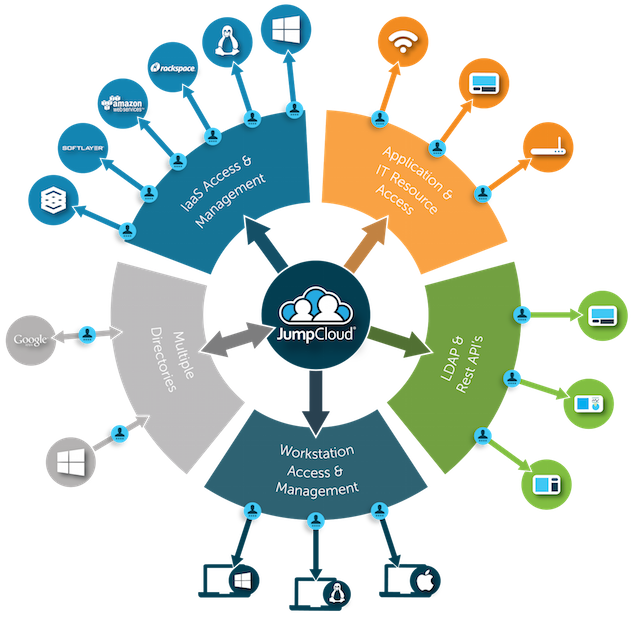

"Any attempt to use basic auth with IMAP, using any account other than those with the explicit Allow policy will fail," they wrote. The process can be repeated with each protocol, some apps like Outlook use multiple protocols, which will mean creating a combination of policies. Organizations can use Azure Active Directory sign in reports to determine who legitimately using Basic Auth with IMAP in a tenant and then create and authentication policy in the tenant that allows Basic Auth with IMAP. Two-factor auth totally locks down Office 365? You may want to check all your services.Start using Modern Auth now for Exchange Online.Microsoft: The deadline to get off Basic Auth is approaching.Microsoft to kill off old access rules in Exchange Online.Microsoft also suggested enterprises should start with SMTP and IMAP. To combat this, Microsoft is recommending organizations that are still using Basic Auth set up Exchange Online Authentication Policies, which will ensure that only those accounts that the organization knows should be using Basic Auth with specific protocols can. POP is third on the list, but SMTP and IMAP are way out there in a league of their own." The most popular protocols we see attacked like this are SMTP and IMAP.
#User authentication policy password#
"The evidence I see every day clearly indicates that password spray attacks are becoming more frequent. John’s."The only reason we're turning off basic auth in Exchange Online is to protect your users and data," they wrote. Those who violate security policies, standards, or security procedures are subject to disciplinary action up to and including loss of computer access and appropriate disciplinary actions as determined by St. Instances of non-compliance must be presented to, reviewed, and approved by the CIO, the Director of Information Security, or the equivalent officer(s).Īll breaches of information security, actual or suspected, must be reported to, and investigated by the CIO and the Director of Information Security. John’s reserves the right to audit networks and systems on a periodic basis to ensure compliance with this policy. John’s network services, and other authorized users.

John’s policy to protect the confidentiality, integrity and availability of information systems. John’s access protection measures provide assurance of individual accountability through the identification and authentication of each IT system user. John’s implements and maintains proper controls on IT systems to confirm user identity prior to access. John’s, its customers, personnel, and business partners.

John’s information assets, and protects the interest of St. Adherence to this policy helps safeguard the confidentiality, integrity, and availability of St. This policy applies to the University Community.

John’s to implement identification and authentication security best practices. John’s) information assets through the establishment of an effective identification and authentication program. The purpose of the Identification and Authentication policy is to manage risks from user authentication and access to St. Policy Number: 904 Responsible Office: Information TechnologyĮffective Date: 5/1/19 Revised: 5/1/19 6/11/20 Policy Statement


 0 kommentar(er)
0 kommentar(er)
